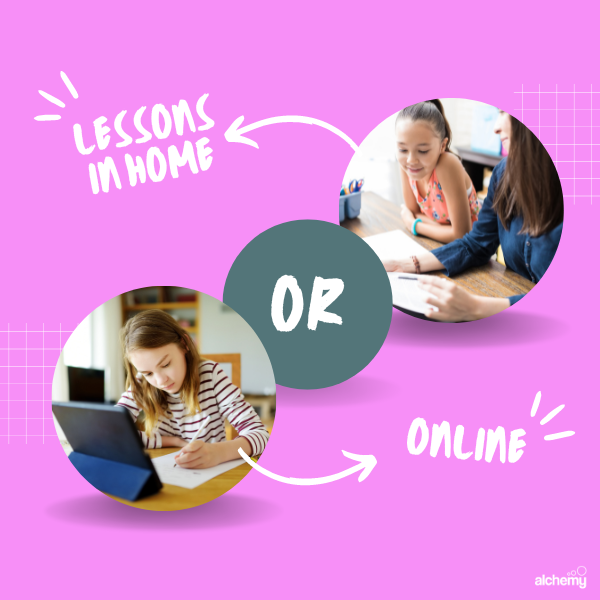If you’re taking HSC, QCE, ATAR or other English curriculums, you may have to use visual techniques to discuss images in books, book covers, and videos or to analyse the visual and interpretation techniques within them. Visual techniques in English could be something you’re familiar with, but they could also be entirely new to you.
Looking for online tutoring? Get in touch today!
Whether you have stumbled on visual English techniques before or this is the first time you’ve heard about them, this guide looks like some of the ones you’re more likely to come across that can be easily transferred into film clips.
What are Visual Techniques in English?
Visual techniques are the elements of an image, artwork, or video that help create meaning. Different artists and creators use visual techniques for various reasons. However, we mainly use them to discern and create meaning from text when writing English essays.
Essential English Visual Techniques
As an English student, analysing visual techniques is a crucial skill for success. Many other things can help you score high grades, including visual techniques. Some of the common ones include:
Composition
Composition is what an image is made up of. It can include things like where an object is placed, how it is framed and the colour and lighting techniques used. Composition largely refers to the image and what you see when you look at it.
An excellent example of a composition is one describing the Mona Lisa painting and its contents.
Colour
Colour is just that—the colours used in an image and what they can symbolise. Often, different colours will evoke different emotions in the audience. For example, purple represents royalty, luxury, and wealth, whereas red represents passion, lust, and anger.
Colour also includes the tone of the colour—is it bright, vivid, dull, or de-saturated? And how it portrays feelings or emotions in its application.
“The deep, saturated colours used in the Mona Lisa evoke feelings of peace and calm.”
Symbolism
This is the use of one object or image to represent another more complex concept. Religious symbolism and animal symbolism are often used.
Texture
Texture refers to the literal texture of an object. Is it rough or smooth, or does it have different ridges and feelings across the object?
“The Starry Night painting has a heavy texture throughout the image.”
Perspective
Perspective is how a three-dimensional object is placed on a two-dimensional surface. In artworks, perspective also changes the angle at which you, as the viewer, perceive the object.
Lighting
Lighting refers to how an image is lit or not lit. This can include natural lighting like sunlight or open windows, man-made lighting like lamps or torches or feature lighting like coloured lights or spotlights. Lighting significantly impacts the mood and atmosphere of a piece of art.
Get in touch for online maths tutoring.
Framing
Framing includes the camera shots and angles used across film and images to foster differing audience reactions and emotions. These techniques include close-ups, extreme close-ups, mid-shots, aerial shots, and many more that can describe camera shots and angles.
Proportion and scale
Scale refers to the size of different parts of an object in relation to each other. In the same artwork, scale is the size of one object in relation to another. It can create a more realistic feel to the image or film.
Point of View
This refers to how the shot is framed about the viewer or a character. Is the audience placed at a level above or below the subject of the image?
Text and typography
Text and typography are words used within an image to convey a literal or figurative message. They are influenced by the colour, font, size, and repetition throughout the image.
Understanding and mastering the different visual techniques for English essays can help you master the art of writing and deciphering images and artwork more effectively, thereby attaining higher scores.
Working with English tutors can help you master the different visual techniques and elevate your writing skills. These skills can also come in handy beyond school if you want a career in writing or journalism.





